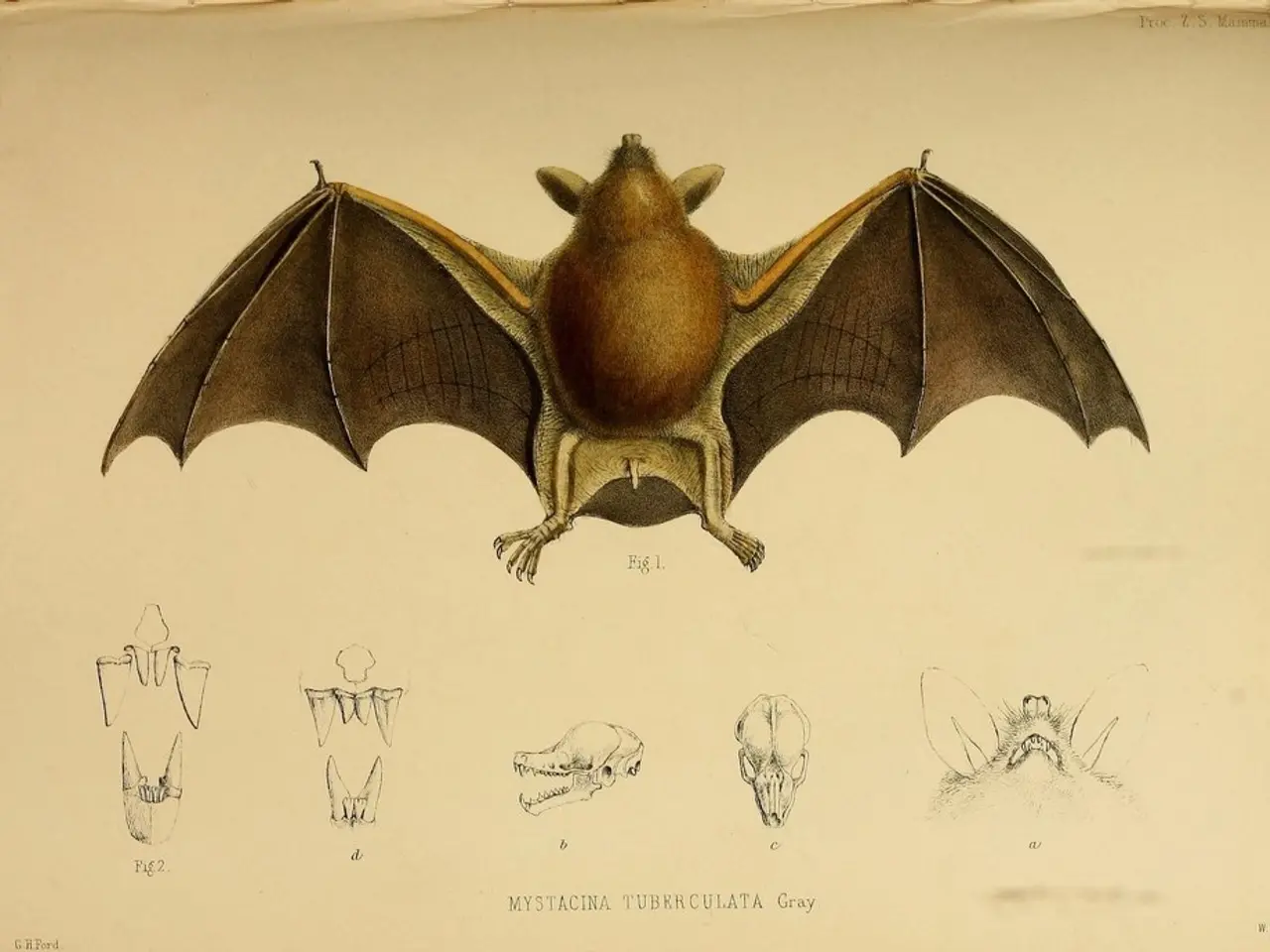Ion-Storing, All-Solid-State Battery Has Self-Healing Capabilities
Lithium-iron-chloride cathodes have shown promising results in the development of solid-state batteries (SSBs), a technology that promises improvements in range, charging time, and safety compared to current lithium-ion batteries.
A paper on this research was published in the June 25, 2025 edition of Nature. The study, led by researchers at the University of Western Ontario, focuses on an all-in-one cathode design that eliminates electrochemical inactivity, electrical bottlenecks, and heterogeneous interfaces.
The integrated cathode design achieves this by combining ionic conduction and electron transport in one homogeneous phase, eliminating interfaces that typically degrade in composite cathodes. This approach avoids the need for inactive conductive additives and reduces interface degradation, leading to improved ionic and electronic conductivity, mechanical robustness, and structural stability in the cathode material.
The lithium-iron-chloride structure has a variable number of lithium atoms, enabling rapid ion movement and storage. Improving the material's conductivity was achieved by mixing in some conductive carbon (about 2% by weight).
The test material, when integrated with a nickel-rich layered oxide, achieved an initial electrode energy density of 725.6 Wh/kg. This energy density is similar to that of iron-phosphate cathodes, a common material in current SSBs.
The solid-state design of the battery resists interface degradation and mechanical breakdown, leading to improved durability and capacity retention over cycling. The cathodes show fast charging capability and good capacity, supporting the potential for improved energy density.
During the charging cycle, the materials under test undergo phase transitions. The melting-point changes combined with the heat associated with charge/discharge sparked a transition from brittle to ductile. This self-healing property effectively mitigates crack formation and eliminates voids present in the LiFeCl electrode.
The test material maintained more capacity when charging at higher rates compared to most materials, retaining over 90% of its capacity after 3,000 cycles when charged and discharged at a rate of 5 C.
Solid electrolytes compatible with lithium metal, such as lithium mixed-metal chlorides, have shown high ionic conductivity and stability, which supports the performance of these batteries.
SSBs have high operating temperature limits and excellent fast-charging performance, making them a promising alternative to lithium-ion batteries. With continued research and advancements in manufacturing processes, lithium-iron-chloride cathodes could pave the way for a new era of battery technology.
Science advancements in the field of battery technology saw the publication of a notable study on June 25, 2025, led by researchers at the University of Western Ontario, who focused on a revolutionary cathode design for solid-state batteries (SSBs). This design combined ionic conduction and electron transport in a single phase, utilizing lithium-iron-chloride cathodes, which demonstrated promising results in technology enhancement, including enhanced range, charging time, and safety. The technology's focus on eliminating interfaces that typically degrade in composite cathodes resulted in improved ionic and electronic conductivity, mechanical robustness, and structural stability.




